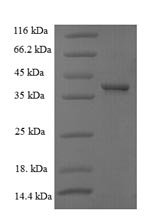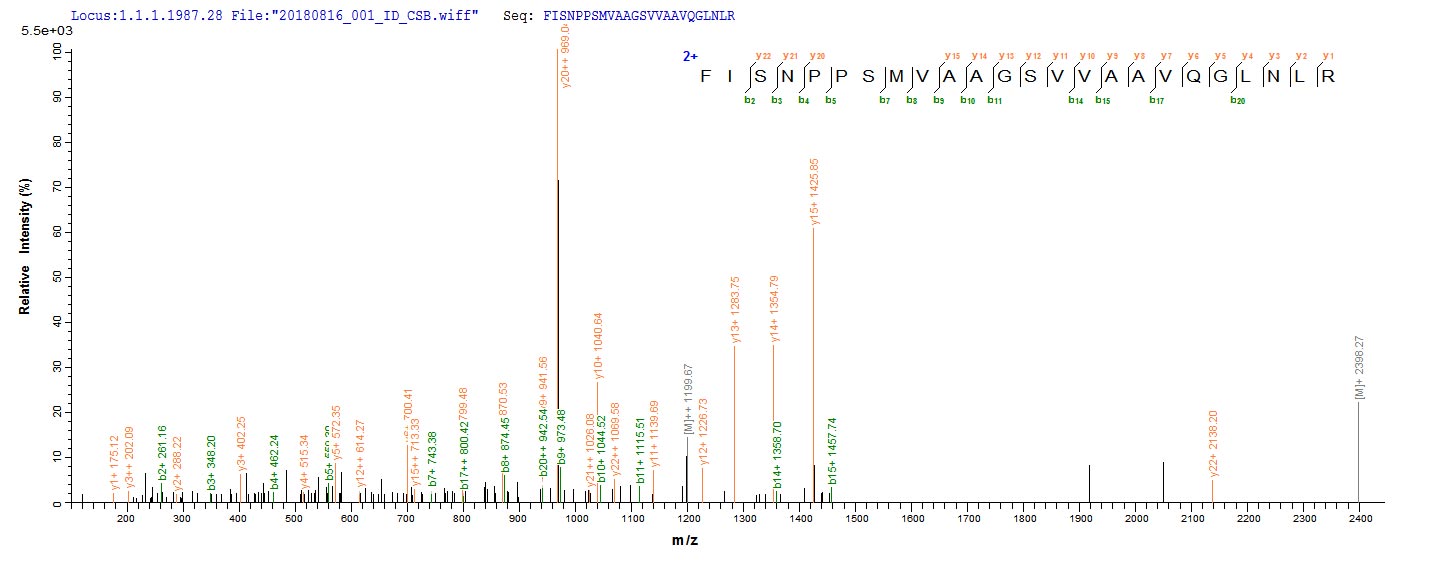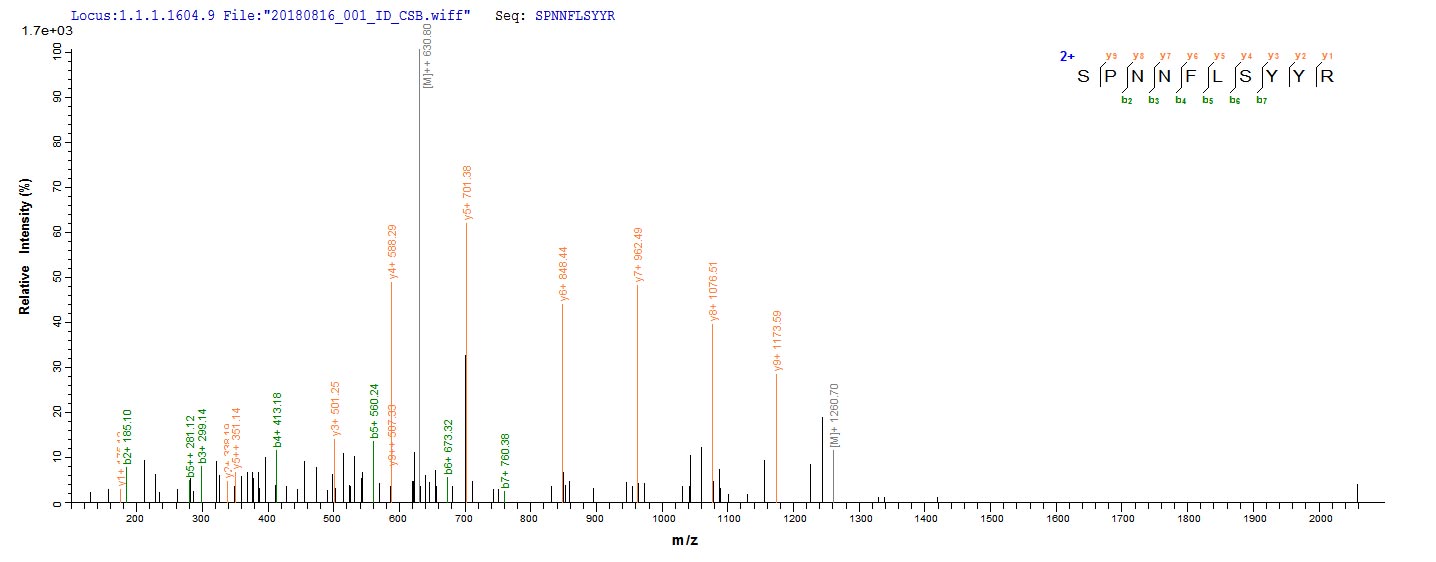Enhance your cell cycle research with our Recombinant Human CCND1 protein, a vital component in cell cycle progression and cellular proliferation. G1/S-specific cyclin-D1, encoded by the CCND1 gene, is a regulatory subunit of cyclin-dependent kinases and plays a significant role in driving the cell cycle from G1 phase to S phase. The protein is implicated in a variety of cancers, making it an essential target for cancer research.
Our Recombinant Human CCND1 protein is expressed in an E.coli system, delivering a high-quality full-length protein covering the 1-295aa region. The N-terminal 6xHis-tag ensures efficient protein purification, providing the reliable and consistent product necessary for your experiments. With a purity greater than 90% as determined by SDS-PAGE, our Recombinant Human CCND1 protein guarantees the reliability and accuracy you need for your research. Choose between liquid or lyophilized powder form to suit your laboratory requirements and drive your cell cycle studies forward.








